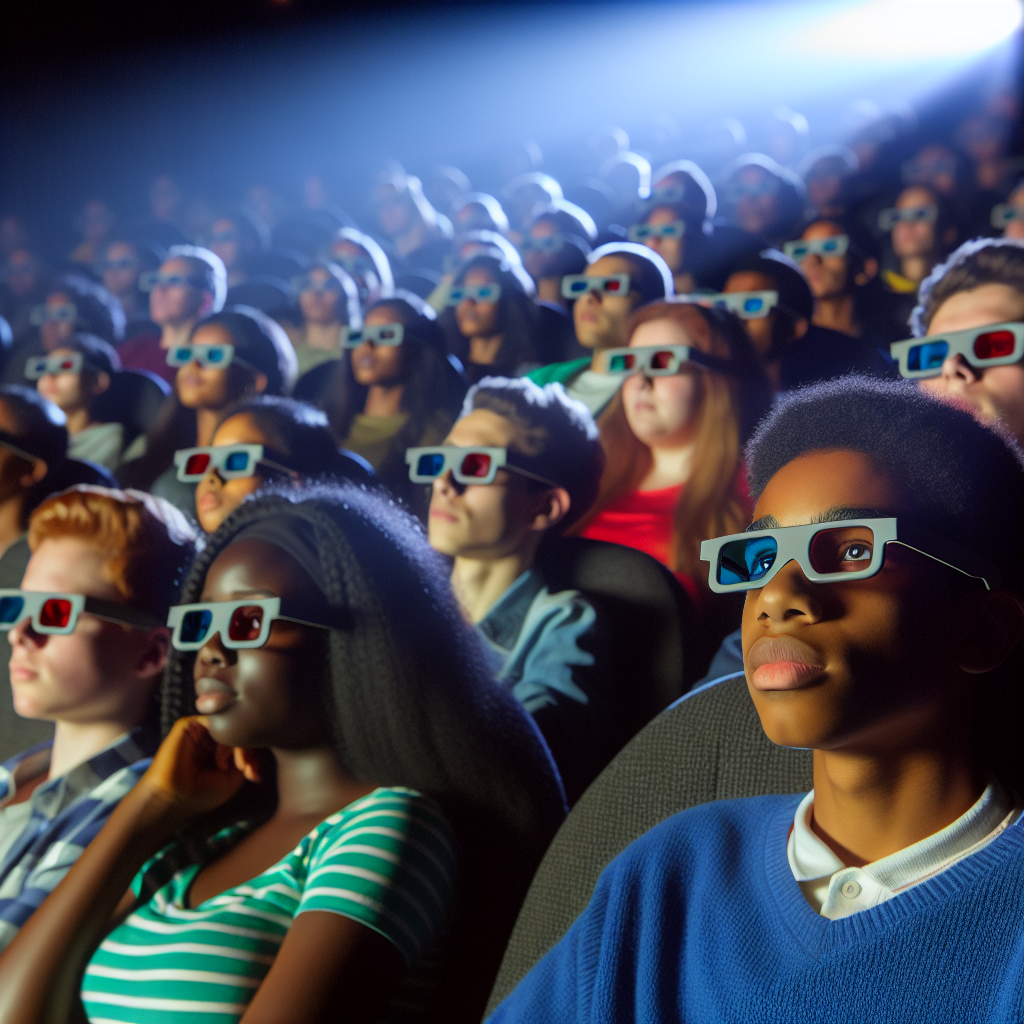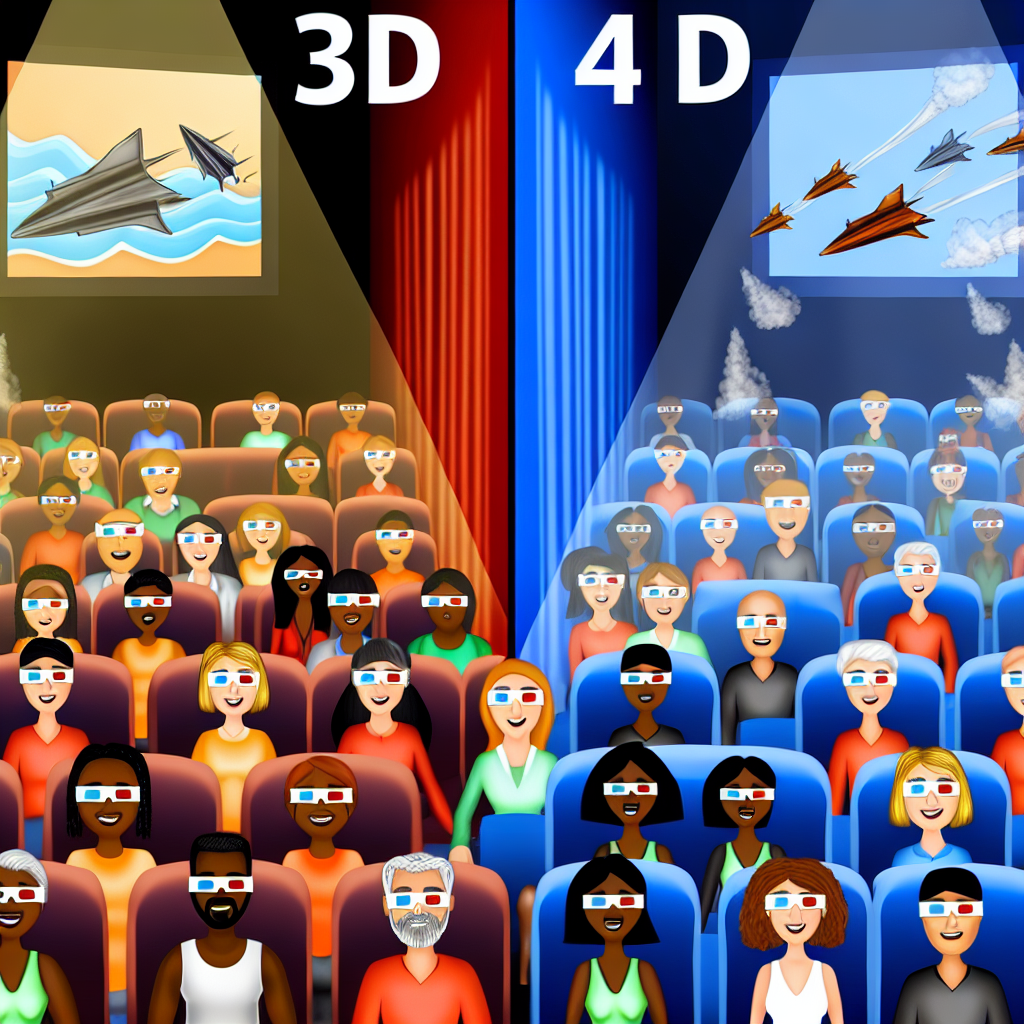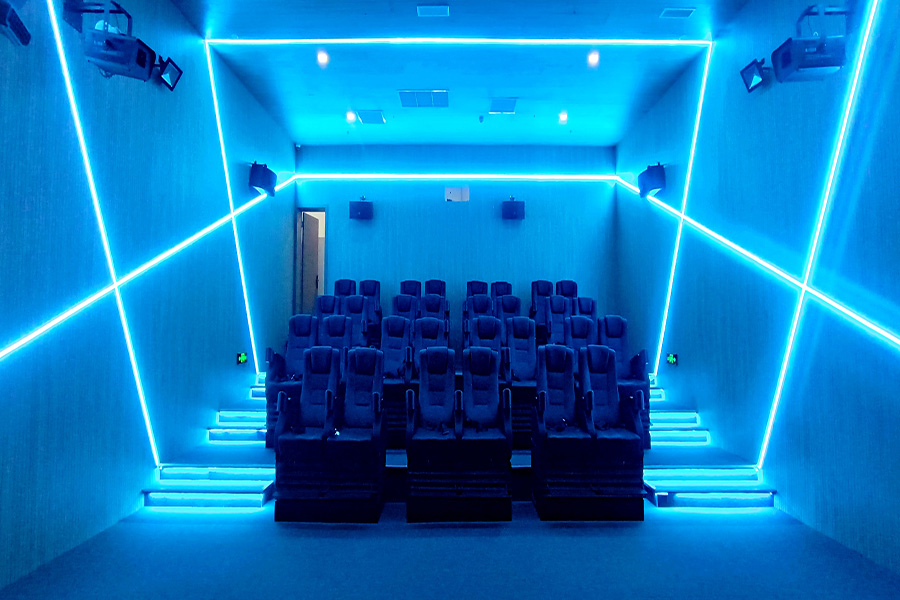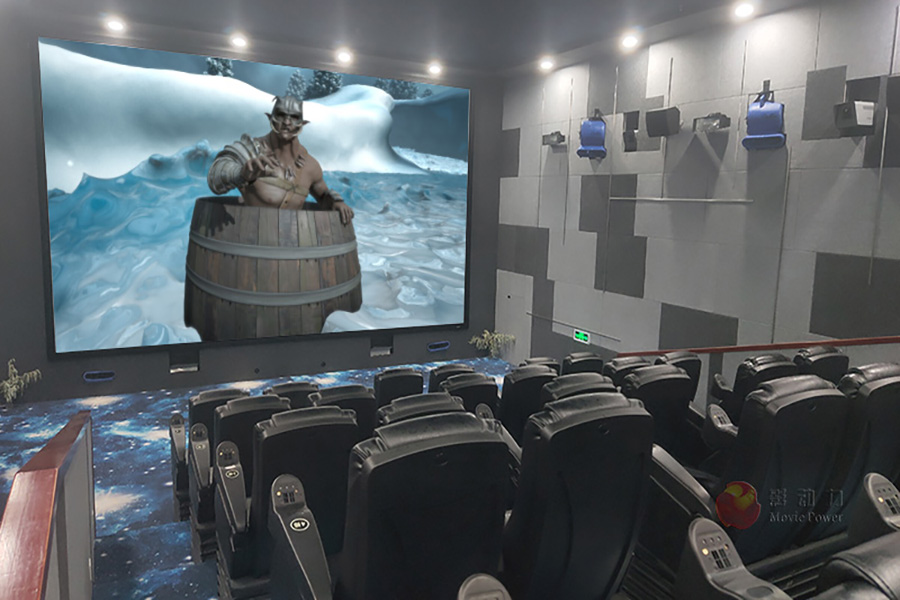The world of cinema has come a long way since its inception, with technological advancements constantly pushing the boundaries of what is possible in terms of movie-watching experiences. One such evolution is the transition from traditional 2D films to the immersive worlds of 3D, 4D, and 5D cinema. In this blog post, we will delve into the differences between these three cinematic experiences, exploring their unique features and how they enhance the overall viewing experience for audiences.
| Aspect | 3D Cinema | 4D Cinema | 5D Cinema |
| Visual Effects | 3D glasses to enhance depth perception | 3D movies | 3D movies |
| Motion Seats | Not applicable | Moves with on-screen action | Motion seats for dynamic viewing |
| Environmental Effects | Not applicable | Wind, water sprays, fog | Wind, water sprays, fog, light, bubble effects, smells, temperature changes |
| Immersion | Enhanced viewing experience | Physical sensations and motion effects | Interactive, dynamic, and engaging viewing adventure |
What is 3D Movie and Cinema?

3D cinema refers to a film format that utilizes special glasses to create the illusion of depth, making it appear as though objects on the screen are coming towards the viewer. This effect is achieved through the use of two different images overlaid on top of each other, each one slightly offset to mimic the way our eyes perceive depth in the real world. The result is a more immersive and engaging viewing experience that allows audiences to feel as though they are part of the action on screen.
Key Features of 3D Cinema
Some key features of 3D cinema include enhanced visual effects, a greater sense of immersion, and a more dynamic viewing experience. By adding an extra dimension to the on-screen action, filmmakers are able to create a more realistic and engaging world for audiences to explore. This technology has become increasingly popular in recent years, with many blockbuster films being released in 3D to capitalize on its unique appeal.
- Utilizes special glasses to create a three-dimensional viewing experience
- Enhances depth perception and realism in the on-screen visuals
- Immerses audiences in a more engaging and interactive movie-watching experience
- Captivates viewers with lifelike imagery that appears to jump off the screen
- Adds a new dimension to storytelling and cinematic narratives through visual effects
What is 4D Movie and Cinema?

4D cinema takes the immersive experience of 3D films to the next level by incorporating additional sensory elements that engage the audience on a physical level. In addition to the visual depth provided by 3D technology, 4D cinemas also feature motion seats that move in sync with the on-screen action, as well as environmental effects such as wind, water, and even scents. These added elements work together to create a truly multi-sensory experience that transports viewers into the world of the film in a way that traditional cinema cannot emulate.
Key Features of 4D Cinema
The key features of 4D cinema include motion seats that enhance the physical experience of watching a film, as well as environmental effects that further immerse audiences in the on-screen world. By synchronizing these elements with the action on screen, filmmakers are able to create a more engaging and dynamic viewing experience that appeals to the senses in a way that traditional cinema cannot replicate. This technology has gained popularity in recent years, with many theaters offering 4D screenings of blockbuster films to attract audiences looking for a more immersive movie-watching experience.
- Includes 3D movies for enhanced visual depth
- Incorporates motion seats that move in synchronization with on-screen action
- Features environmental effects like wind, water sprays, and fog for sensory immersion
- Engages viewers on a physical level through tactile sensations
- Provides a multi-sensory experience that brings films to life in a dynamic and interactive way
Difference Between 3D and 4D Movie/Cinema
While 3D and 4D cinema both offer immersive viewing experiences, there are some key differences between the two formats.
3D films rely primarily on visual effects to create a sense of depth and immersion, while 4D cinema incorporates additional sensory elements to engage audiences on a physical level. The use of motion seats and environmental effects sets 4D cinema apart from its 3D counterpart, providing viewers with a more dynamic and interactive experience that appeals to a wider range of senses.
What is 5D Movie and Cinema?

5D cinema builds upon the immersive experiences of 3D and 4D formats by adding interactive elements and special effects that further engage audiences in the on-screen action. In addition to the visual depth provided by 3D technology and the sensory elements of 4D cinemas, 5D cinemas feature more interactive elements such as light, bubble, smells, temperature change, laser effects, and other on-screen interactions that allow audiences to become active participants in the film. These added features create a truly unique and engaging viewing experience that blurs the lines between the virtual world of the film and the physical environment of the theater.
Key Features of 5D Cinema
The key features of 5D cinema include interactive elements that allow audiences to participate in the on-screen action, as well as special effects that enhance the overall viewing experience. By combining visual depth, sensory elements, and interactive features, 5D cinemas offer a truly immersive and engaging experience that transports viewers into the world of the film in a way that traditional cinema cannot replicate. This technology has gained popularity in recent years, with many theaters offering 5D screenings of blockbuster films to attract audiences looking for a more interactive and dynamic movie-watching experience.
- Offers 3D movies with enhanced visual depth
- Utilizes motion seats for a dynamic viewing experience
- Includes a wide range of environmental effects such as wind, water sprays, fog, light, bubble effects, smells, and temperature changes
- Incorporates interactive elements that allow viewers to actively participate in the on-screen action
- Creates a fully immersive and engaging movie-watching experience that blurs the lines between virtual reality and the physical world
Difference Between 4D and 5D Movie/Cinema
4D and 5D cinema experiences both offer immersive and sensory-rich movie-watching experiences, but there are distinct differences between the two formats that set them apart.
Motion Seats
- 4D Cinema: In 4D cinemas, motion seats are a defining feature that move in sync with the on-screen action, adding a physical dimension to the viewing experience.
- 5D Cinema: Similarly, 5D cinemas also feature motion seats to enhance the dynamic nature of the films, providing viewers with a sensation of being directly immersed in the narrative.
Environmental Effects
- 4D Cinema: Environmental effects in 4D cinemas typically include elements like wind, water sprays, and fog, adding tactile sensations and enhancing the realism of the scenes.
- 5D Cinema: The environmental effects in 5D cinemas go beyond the basics, incorporating a wider range of sensory elements such as light, bubble effects, smells, and even temperature changes, creating a more multi-sensory experience for the audience.
Comparing 3D vs. 4D vs. 5D Cinema

3D Cinema
- Utilizes special glasses to create a sense of depth and realism
- Enhances visuals and immerses audiences in a three-dimensional world
4D Cinema
Features 3D movies with added elements such as:
- Motion seats that move in sync with the on-screen action
- Environmental effects like wind, water sprays, and fog
5D Cinema
Includes 3D movies with additional sensory elements like:
- Motion seats for a dynamic viewing experience
- Enhanced environmental effects such as wind, water sprays, fog, light, bubble effects, smells, and temperature changes
Conclusion
In conclusion, the evolution of cinema has led to the development of 3D, 4D, and 5D technologies that offer viewers unique and immersive movie-watching experiences. Each format, from the visual depth of 3D to the sensory engagement of 4D and the interactive elements of 5D cinema, presents a new dimension of storytelling that captivates audiences in distinct ways. Whether you seek enhanced visuals, physical sensations, or interactive adventures, the world of 3D, 4D, and 5D cinema is sure to provide a diverse range of captivating experiences for film enthusiasts of all ages.



